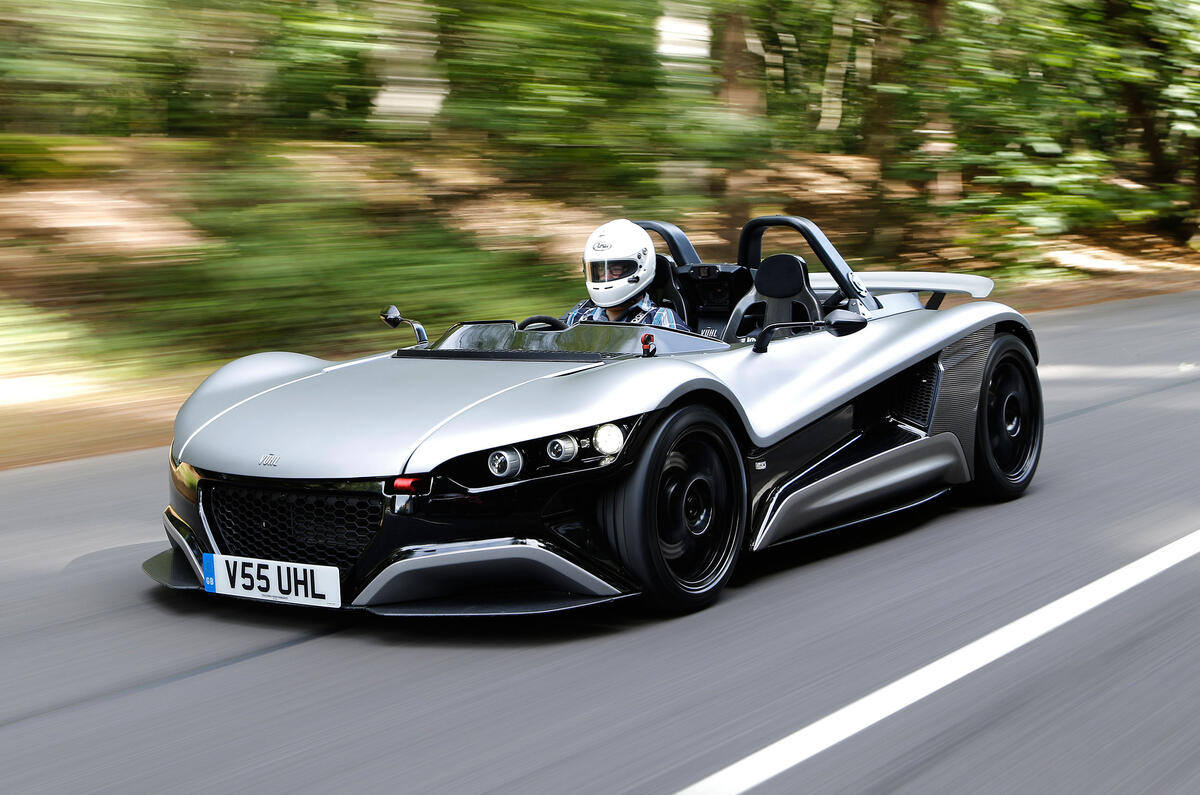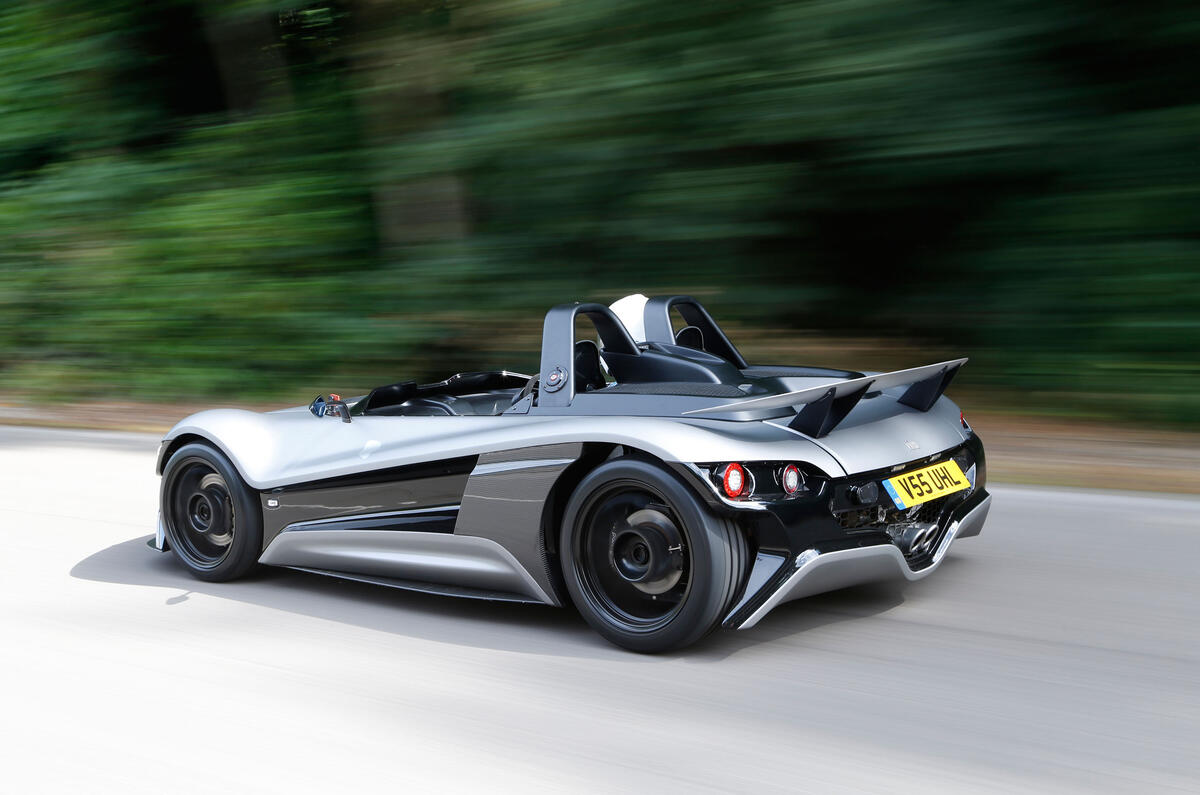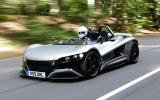The Vuhl 05 is another entry into the trackday car market. After a difficult few years, the sector seems suddenly to be exploding with new models, among them the Elemental RP1 and Lotus 3-Eleven.
If you want to spend supercar-level cash on a trackday car, the likes of the Radical RXC500 and updated BAC Mono mean you now can. The KTM X-Bow is soldiering on, of course – yet to set the world alight, but getting better with every revision.
Meanwhile, the likes of the Zenos E10, Ariel Atom and renewed Caterham Seven range provide the more sensibly priced options for those wanting to drive to their nearest circuit, take their brain out, put their helmet on and explore previously uncharted limits of speed, grip and bravery.
The Vuhl slots plumb into the middle of that group of gleeful extremists. There’s no carbonfibre tub here, and no maniacally powerful turbocharged multi-cylinder engine, which is why the car’s Mexican producers can charge a hefty-but-not-crazy £59,995 for the car.
Instead there’s a handsome body, an equally handsome bonded aluminium tub (photos of which can be admired on Vuhl’s web pages) and a 2.0-litre Ford Ecoboost engine producing 285bhp and 310lb ft of torque.
The transmission is a six-speed manual, sourced alongside the engine from Ford, and the car weighs just over 700kg with fluids; heavier than some rivals but lighter than others.















































